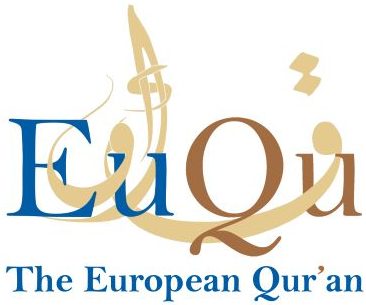Abstract
This article on the place of the Qurʾān and Islamic theology in Ḥayy ibn Yaqẓān constitutes a study in textual citation and excision articulated in two main parts. The first part of the article studies the interconnections between philosophy and theology in Ibn Ṭufayl’s (d. 581/1185) life and the references to the Qurʾān and to Islamic theology in his Risālat Ḥayy ibn Yaqẓān. In the second part, I track the engagement with the Qurʾān and Islamic theology in the early-modern Latin and English variants of the tale. The article provides a detailed study of the Qurʾanic passages in translation, and reflects on practices of citation, excision and significant paratextual reorganisations. The article argues that the case is less one where the Qurʾān and Islamic theology are excised from the tale and vanish from view, than one where the tale is ‘de-Islamised’ so that it can serve intra-Christian and orientalist interests. The issue resides in making the Qurʾān and Islam epistemically dispensable and in disabling them as hermeneutic interlocutors to be reckoned with in a theological and philosophical debate.
https://brill.com/view/journals/phen/8/4/article-p305_1.xml
Contents:
Interconnections between philosophy and theology in Ibn Ṭufayl’s life and in the Risālat Ḥayy ibn Yaqẓān
Esoteric philosophy as frame-story
Qurʾanic markers in the tale
Pococke’s Manuscripts and Marginalia Annotations
Reading Ḥayy ibn Yaqẓān and the Qurʾān Simultaneously
From Arabic Manuscript to Latin Print
The three English Translations Compared
George KEITH (d. 1716)
George ASHWELL (d. 1694)
Simon Ockley (d. 1720)
Concluding Remarks
This study has shown a variety of editorial and philological treatments of the Qurʾān and Islamic theology in the translations of Ḥayy ibn Yaqẓān published in Latin and English between the mid-seventeenth and early eighteenth century, including the presence of a new anthropological interest in Ockley’s translation. Beyond these variations, Ḥayy ibn Yaqẓān constitutes what I called a case of ‘de-Islamisation’ of literature where the Qurʾān is parsed from non-scriptural writing and, in particular here, fictional and philosophical writing. Contrary to other circulations of the tale, for instance, amongst medieval Jewish scholars, the Qurʾanic frame of reading is lifted so that the tale may serve other purposes specific to intra-Christian debates and polemics.
To be sure, literature is not meant to stay in place; rather texts, words, and ideas have always circulated beyond borders, be they religious, linguistic, or national. The study of philological, citational, and editorial practices is here fundamental in that it allows us, as in the case study of the Ḥayy ibn Yaqẓān’s early English translations, to measure the epistemic distances covered when texts circulate and to understand how they are reshaped in circulation. For instance, here, the material and epistemic selection and separation of the Qurʾān from philosophy is adverse to the ways in which Islamic literature functions, where scripture serves as a foundational discourse from which scientific disciplines, be they grammar, rhetoric, law, philosophy, or poetry may develop In measuring these distances, readers become more acutely aware of their own epistemic positionalities and able to recognize that default modes of reading and thinking are never self-evident nor universally valid.
Suggested Citation: Gallien, Claire. “The Place of the Qurʾān and Islamic Theology in Ḥayy ibn Yaqẓān and its Early English Receptions: A Study in Textual Citation and Excision”, Philological Encounters 8, 4 (2023): 305-363, doi: https://doi.org/10.1163/24519197-bja10052

